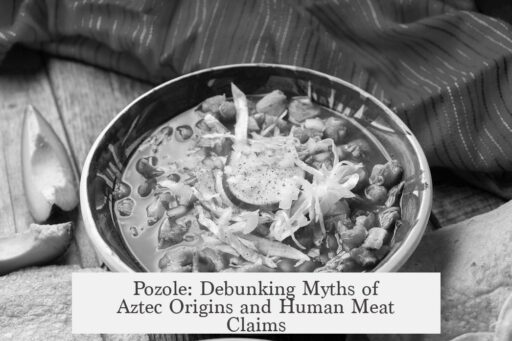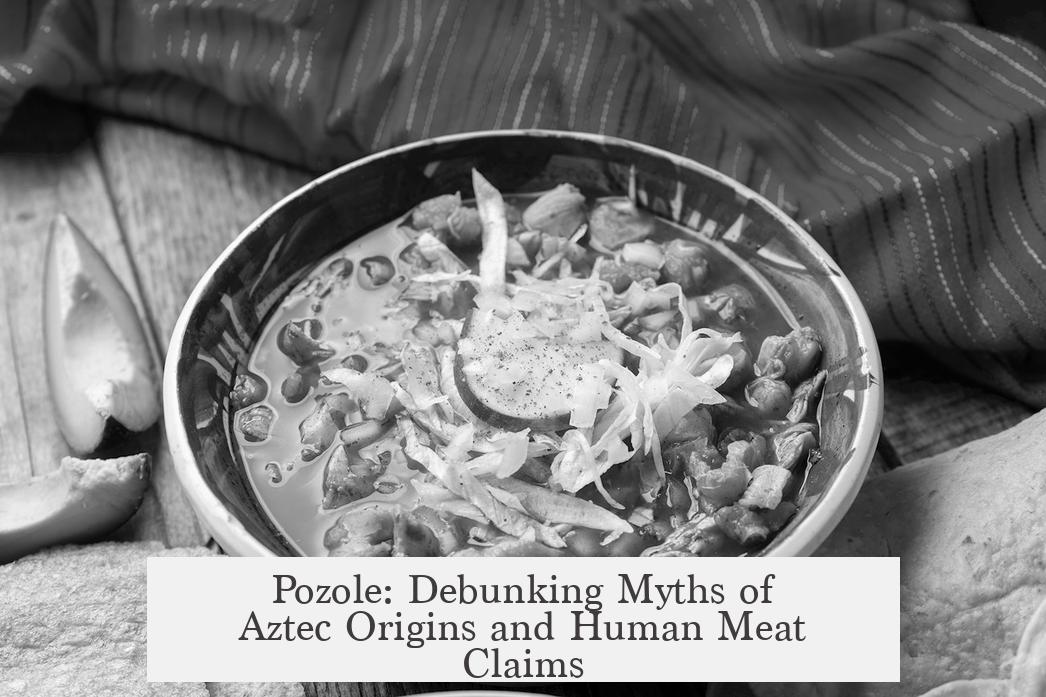Pozole did originate from the Aztec concept of posolli, a stew made from hominy maize. However, the claim that pozole was made with human meat and that its spiciness was intended to mask the flavor of human flesh lacks credible evidence and is largely a myth.
The word “pozole” comes from the Nahuatl term posolli, referring to a hominy stew common in Mesoamerica. This dish varied among cultures, including the Aztecs and Maya. The Aztec version consisted of hominy boiled in a broth until its outer hulls loosened, producing a foamy texture.
Colonial sources, including the extensive work of Friar Bernardino de Sahagún in the Florentine Codex, do not mention pozole by name or link it directly to human flesh. Instead, Sahagún describes a ritual stew called tlacatlaolli. This dish was connected to human sacrifice ceremonies where portions of a sacrificed person’s body were distributed among priests and elites. Although some portions of human flesh were consumed symbolically, Sahagún does not explicitly state that human meat was incorporated into the stew itself.
Cannibalism in Aztec culture was rare, ceremonial, and limited to small symbolic portions. It was not a dietary norm or a response to protein deficiency, a discredited theory previously suggested by anthropologists like Michael Harner. Most people and many elites reportedly declined consuming human flesh.
The idea that pozole was made spicy to hide the flavor of human meat remains unsupported by historical or culinary records. Searches through documented sources reveal no evidence for this theory. The spiciness in pozole likely stems from traditional flavoring choices typical of Mexican cuisine, such as chiles and seasonings used to enhance the dish.
- Pozole’s origin is from Aztec hominy stew tradition, not human meat.
- Human flesh consumption was rare, symbolic, and separate from pozole.
- Colonial texts do not mention pozole containing human meat.
- Spiciness in pozole has no known link to masking human flesh flavor.
- The human meat theory is based on myths and discredited hypotheses.
Is It True That Pozole Was Invented by Aztecs and Made with Human Meat? Unpacking the Spicy Legends
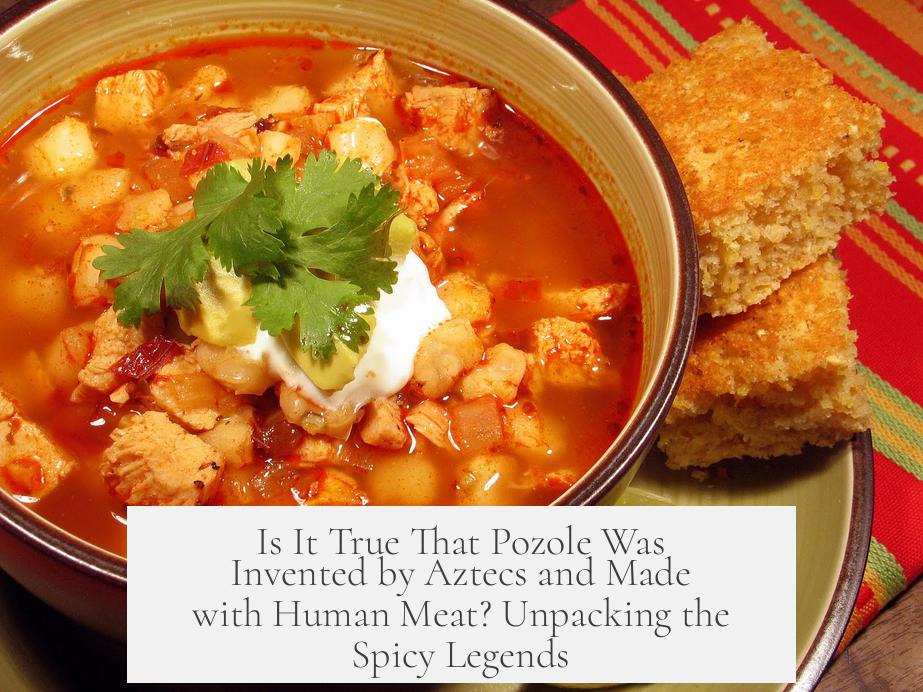
Pozole has Aztec roots, yes, but the idea that it was cooked with human meat and spiced to hide the taste? That’s mostly a spicy myth without solid historical backing. Let’s peel back the layers on this intriguing story.
Pozole comes from the Nahuatl word posolli, which originally referred to a stew made primarily of hominy — those big, puffed-up maize kernels beaten into a hearty broth. This dish, beloved in Central Mexico and throughout Mesoamerica, varies widely by region, taking on unique forms in Mayan lands too. The Aztecs ate a version where they boiled hominy until the hulls loosened, causing the broth to bubble and foam somewhat — a subtle texture marker of authenticity.
Where the Human Meat Theory Took Root

The cannibalism angle often surfaces because Aztec rituals involved human sacrifice. After a sacrifice to gods like Huitzilopochtli, priests cut out a captive’s heart, and the body was divided among specified members of the community, including elites like Moctezuma who reportedly received a whole thigh. Writer Bernardino de Sahagún immortalized these rituals in the Florentine Codex, explaining how small portions of flesh were distributed during rituals.
But—and this is crucial—nowhere does Sahagún explicitly say that human meat was cooked into pozole. Instead, he mentions a different dish called tlacatlaolli, a dried maize stew associated with sacrificial ceremonies. Each participant would get a bowl of the stew topped with a bit of human flesh. So, yes, there was ritualistic consumption involving human flesh and maize stew, but it wasn’t identified as pozole.
This subtle yet important distinction often gets lost, giving birth to the idea that pozole simply “was” human-flesh stew. In reality, the ritual stew and the everyday pozole were and are two different culinary things.
So, Was Cannibalism Common or Practical for the Aztecs?
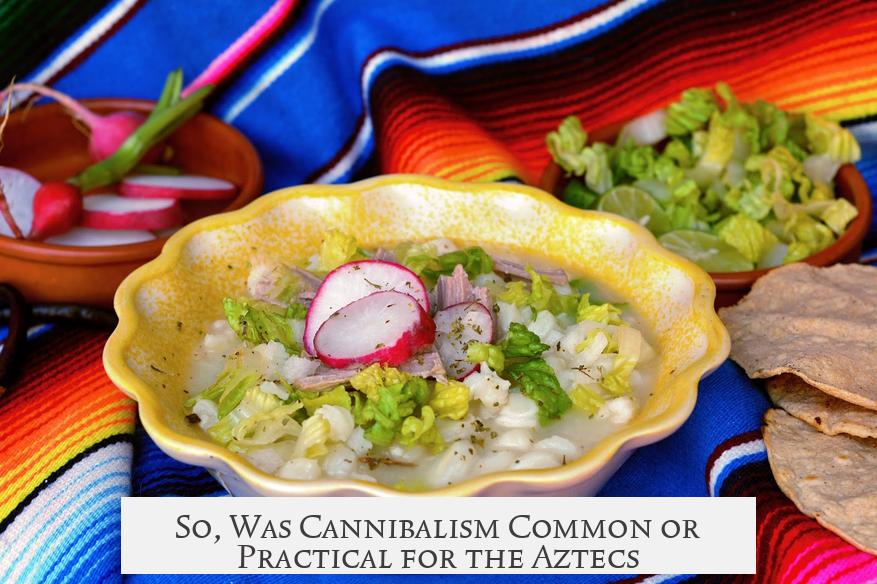
Contrary to some lurid stories, cannibalism among the Aztecs was symbolic and rare. It wasn’t a survival strategy or nutritional necessity. The protein-rich diet of the Aztecs and Mayans, loaded with beans, turkey, and fish, made it unnecessary to rely on human flesh. Anthropologists now reject the older hypothesis that posited cannibalism as a protein deficiency solution.
In fact, many Aztec elites reportedly refused the ritual offer of human meat. So, the practice was mostly an elite, limited ritual event, rather than a widespread or daily eating habit. This temperance in ancient times begs the question: how much can we trust stories shaped by conquest-era chroniclers who may have sensationalized or misunderstood Aztec customs?
What About the Spicy Sauce? Could That Mask the Taste?

The spicy explanation that pozole was made fiery to hide human meat’s flavor appears to be modern folklore rather than documented history. Despite hours spent combing through colonial and modern sources, no direct or indirect evidence supports this claim.
Spicy seasonings in pozole, like chili peppers and garlic, probably evolved out of broader Mexican culinary traditions—celebrations of flavor that complement maize and meat, rather than cover up any “forbidden” ingredients.
The Rich Tapestry of Pozole’s History: More Corn, Less Cannibalism
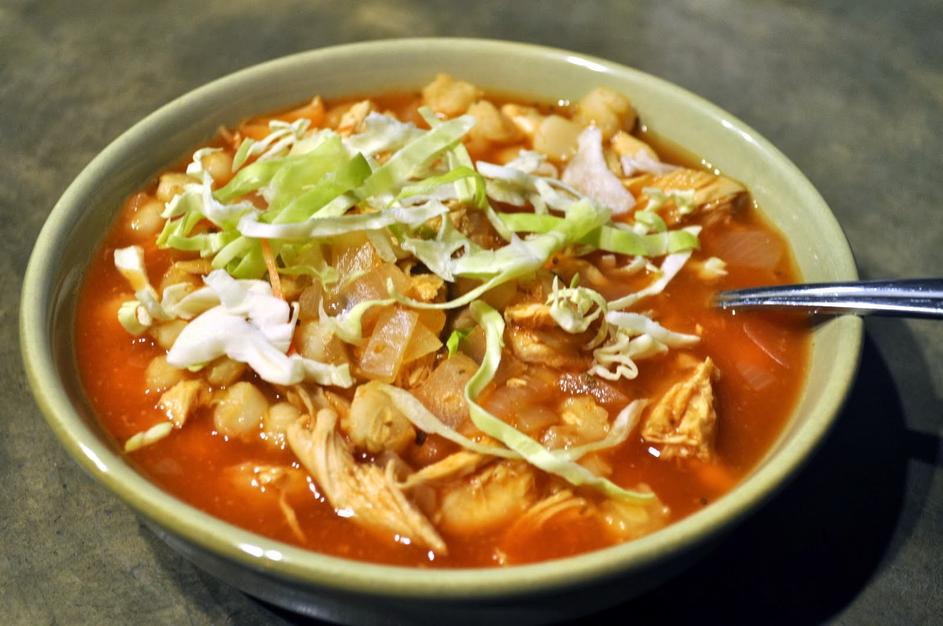
Pozole’s long legacy reflects the centrality of maize in Mesoamerican life. The Maya, for example, had their own version of posolli—a fermented sour maize dough soup sometimes sweetened with honey or flavored with cacao. It’s a dish highlighting the cultural significance of corn from Yucatan to Central Mexico.
This complexity, rich in regional adaptations, obscures simple stories. While it’s fun to imagine an “ancient cannibal stew,” true history tends to be more nuanced. Aztec posolli was a maize stew that sometimes accompanied sacred rites but wasn’t inherently tied to cannibalism.
Why Does This Matter? Understanding Beyond the Myths
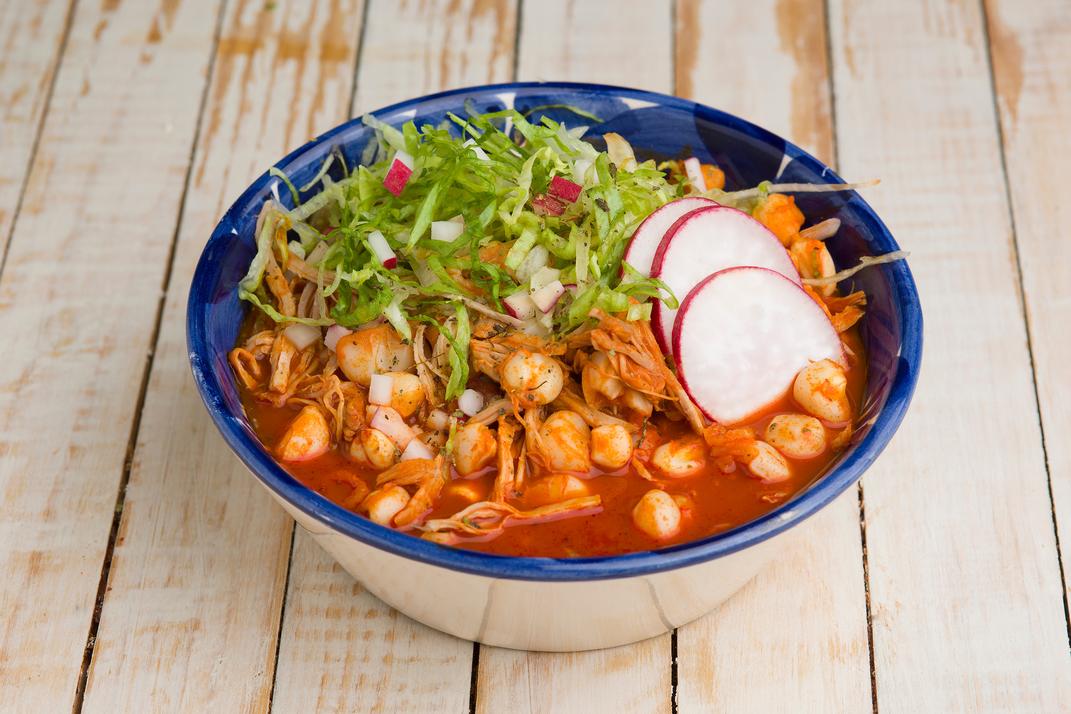
These misunderstandings about pozole remind us to approach history critically. When hearing that a beloved dish like pozole originated from human meat stew, it’s worth asking: What’s the evidence? How reliable are the sources? And what might be the real cultural significance?
By separating fact from fiction, we appreciate pozole for what it is—a comforting, flavorful hominy stew with roots deep in Mesoamerican agriculture and ritual, not a scandalous secret recipe.
Practical Tips for Pozole Lovers (and Curious Food Historians)
- Try pozole in its authentic form. Enjoy the rich hominy cooked with pork or chicken and enlivened by spices like chili, garlic, and oregano.
- Explore its regional variants. From red to green to white pozole, each tells a different story.
- Celebrate corn’s central role. Maize wasn’t just food—it was sacred.
- Approach food history skeptically. Legends can be juicy but always check the facts.
To Wrap Up
So, Is it true pozole was invented by the Aztecs and made with human meat masked by spice? The answer is no strong historical proof connects human flesh to pozole. Instead, pozole shines as a corn-based stew with deep cultural meaning and a hint of myth surrounding it.
What makes pozole truly special is its celebration of maize’s importance and the vibrant flavors that have delighted generations. And that’s a tasty truth worth savoring—no myths required.
References:
- Coe, Sophie D. America’s First Cuisines, University of Texas Press, 1994.
- Pradeau, Alberto Francisco. “Pozole, atole and tamales: Corn and its uses in the Sonora-Arizona region.” The Journal of Arizona History 15.1 (1974): 1-7.
- De Sahagun, Bernardino, Arthur JO Anderson, and Charles E. Dibble. Florentine Codex: General History of the Things of New Spain. 1981.
